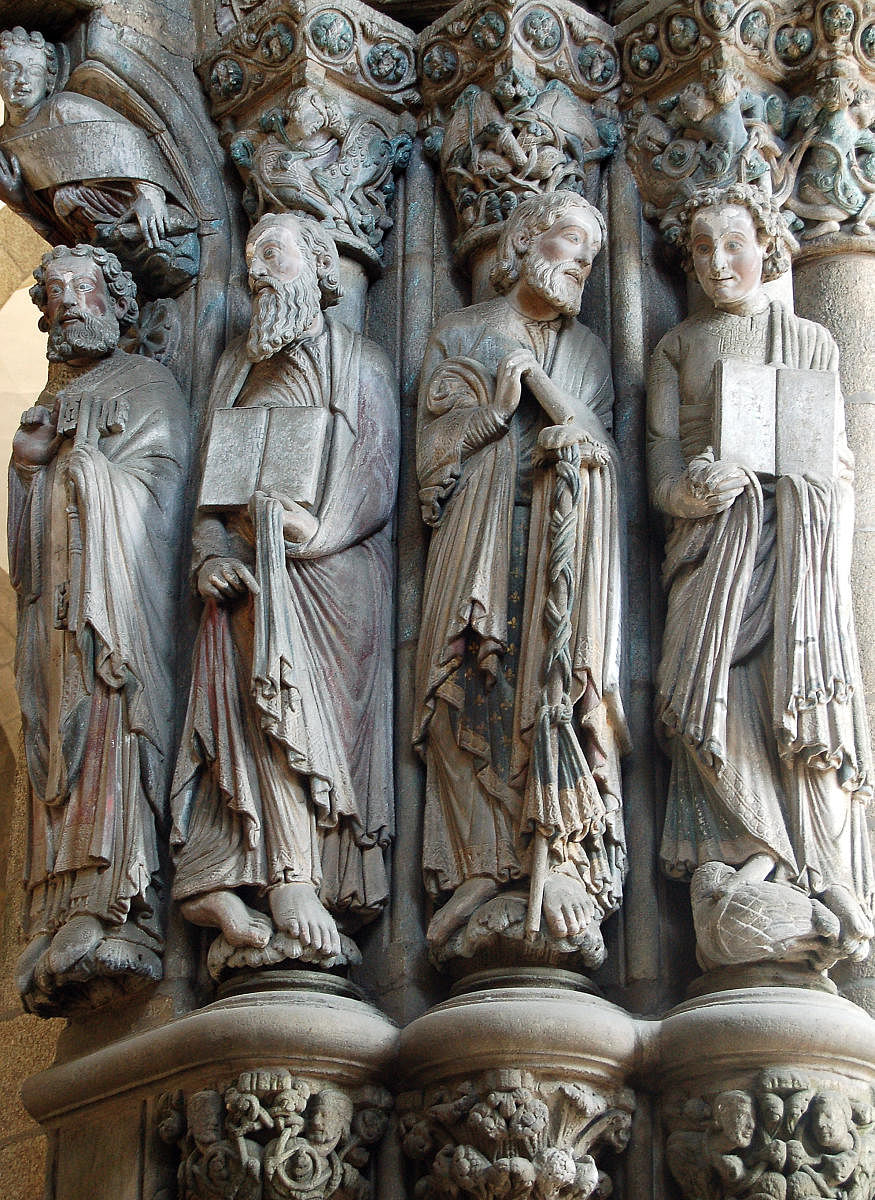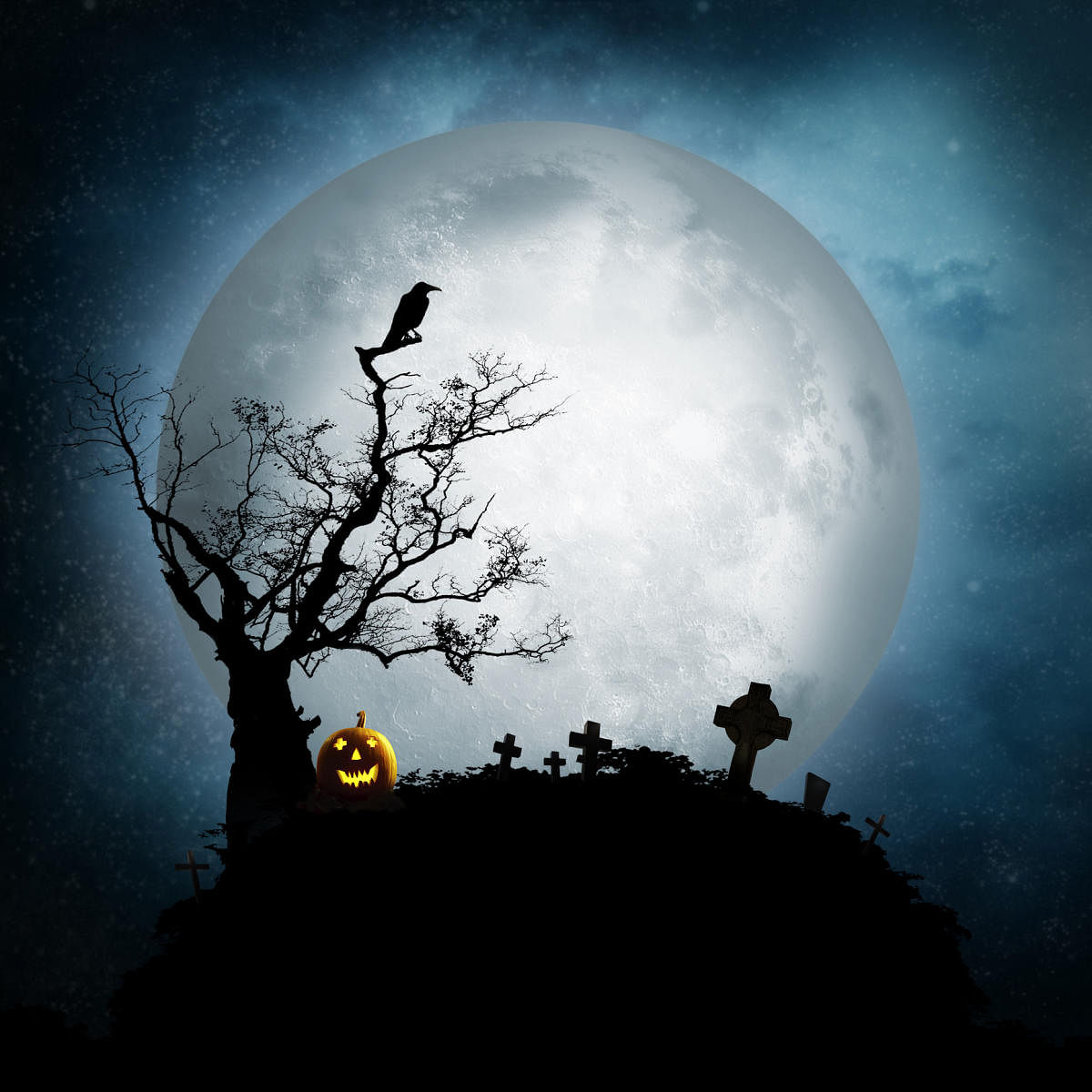
The Halloween that we know today all started in Ireland. Before the birth of Christ, a tribe of warriors called the Celts lived these rocky green hills and formed an agricultural community on these rugged shores. Its apparent that anyone who lived above the earth can be a friend or foe to the nature. So did the Celts that worshipped natural spirits lived constantly at the nature’s mercy; the scariest to them was the Winter!
Once the harvest was in, that’s about it! And when the dark days set in, the Celts were under great trepidation. While the popular belief among the Celts was that, all those died in the last year would walk the earth once more. And to avoid any demonic possession, the Celts would guise themselves in animal skins and smear their faces with colours to impersonate their dead ancestors. This belief took into what one might call as Halloween costume parade, where people disguise in sinister costumes and face-paintings. As Halloween took strong foot-hold in America during the early 20th century, it led to a mass production of Halloween costumes eventually turning it into a profitable holiday for retailers in America.
On the eve, Celts rushed to their priests -the Druids (scholarly class) for prayers, and the most important night of prayers took place on the last day of harvest. The day came to be known as ‘Sahmain’- the Celtic word meaning ‘Summers end’. To placate these spirits, the Druids sacrificed animals and crops on bonfires and saw that they remained in their graves. This is not too far from what new pagan Celts and others do by setting bonfires, leaving their chairs empty around it, or leaving a candle lit with bread and water on the dine table to the famished souls before going to bed on Hallow’s night.
On Sahmain night, the Celts also left food and sweets outside their village to escape any harm by the dead souls, which later followed as Trickle Treat custom where children and adults guise themselves with spooky costumes, masks and go about begging door to door for food and sweets in exchange for prayers and songs.
For Celts, there could be no other time like Sahmain night to predict their future. The Druids read out prophecies to villagers about fortunes and this folk custom later turned into a tradition of telling ghost stories on Halloween night after supper.
It was around AD 43, the Romans conquered most of the Celtic lands and also brought their customs with them namely Pomona- a festival of the goddess of gardens and fruits. As observed on November 1, they paid tribute to her by offering apples and nuts. The merge of these two traditions came to a day of honouring the dead as well as celebrating the harvest. Interestingly, the tradition has carried itself into a modern day custom of Bobbing Apples or Snap Apples is a great fun where participants are made to grab apples with their teeth floating in a tub with water or to jump and bite the apple hung on a string from a ceiling.
Sahmain into the skin of ‘Halloween’
Since pagans worshipped natural spirits and did not have a formal religion faced an opposing phenomenon that was taking root across Europe- Christianity. In the early 4th century, Roman Emperor Constantine converted to Christianity and sent missionaries to convert pagan souls but did not win his way through.
Bold plans were taken in AD 600 by Pope Gregory I but was not successful. At last, it was Pope Gregory III who lopped the pagan religion by turning their important holiday into a day of the church. November 1 was claimed as ‘All Saints’ Day’- a day to honour all the saints who did not already have a day of their own. All Hallows was observed on a special evening, which later took the corrupted form as ‘Halloween’. To further loosen the memory of Sahmain, the church took a step ahead and declared November 2 as All Souls’ Day- a day to remember all Christian faithfuls, saint or not.
However, Sahmain’s trademark blossomed into different icons of Halloween which became the look of the day.
Jack O’ Lanterns
Stingy Jack was a legendary character who was denied entry into heaven as he had dealings with devils. Once he was cursed to wander the earth as a ghost, he met his old friend devil, who gave him a lump of burning coal which he put in a turnip gourd to light his way. Children on Halloween imitate Jack by carving frightening faces on turnip gourds with lights to scare-off any evil spirits.
Ghostly Pranks
The Hunger famine of 1845 (Potato Famine) forced hundreds of Irish families to migrate to America. Landed on a cultural melting pot their folklores took a different shape. The 1920s and 30s saw Halloween as a secular celebration in America and became a featured entertainment and town-wide parties, but it was also a time where the western world experienced a crisis-‘The Great Depression’. Innocent children and adults turned mischevious and vandalism began to plague the celebration. By the 1950s, town leaders successfully curbed vandalism by making it an exclusive holiday for the young.
Baking Barmbrack
It is a traditional pastry eaten on Halloween. It is believed that the muslin-waded treat inside the pastry can foretell the eater’s future. In Scotland, dooking is practiced where a person is blind-folded before they eat the pastry.
